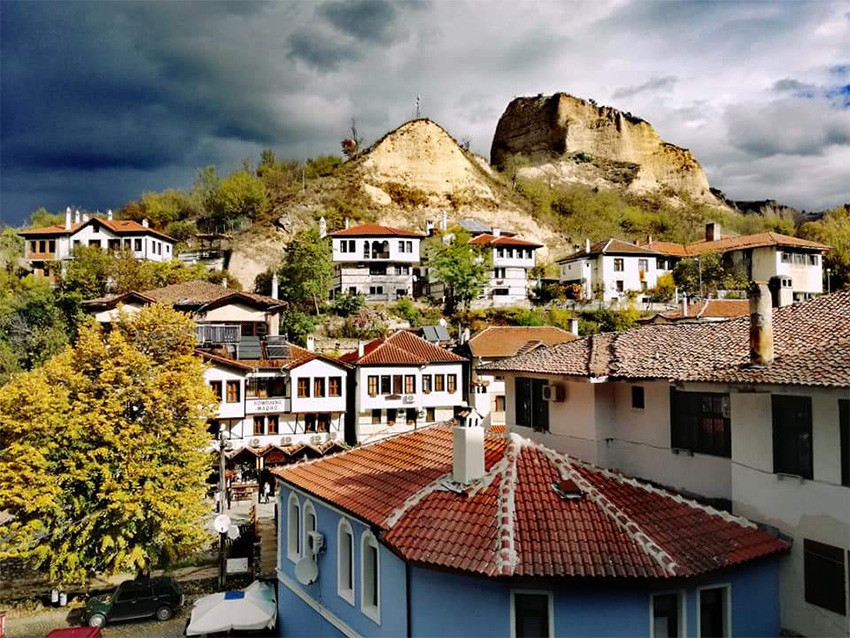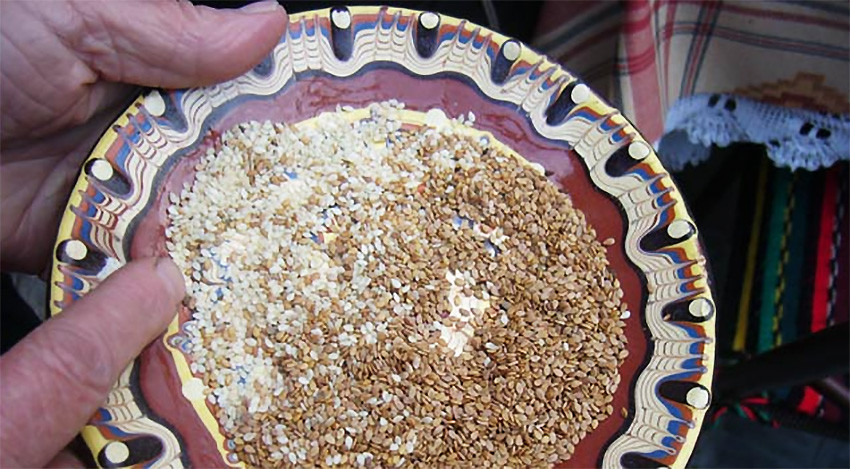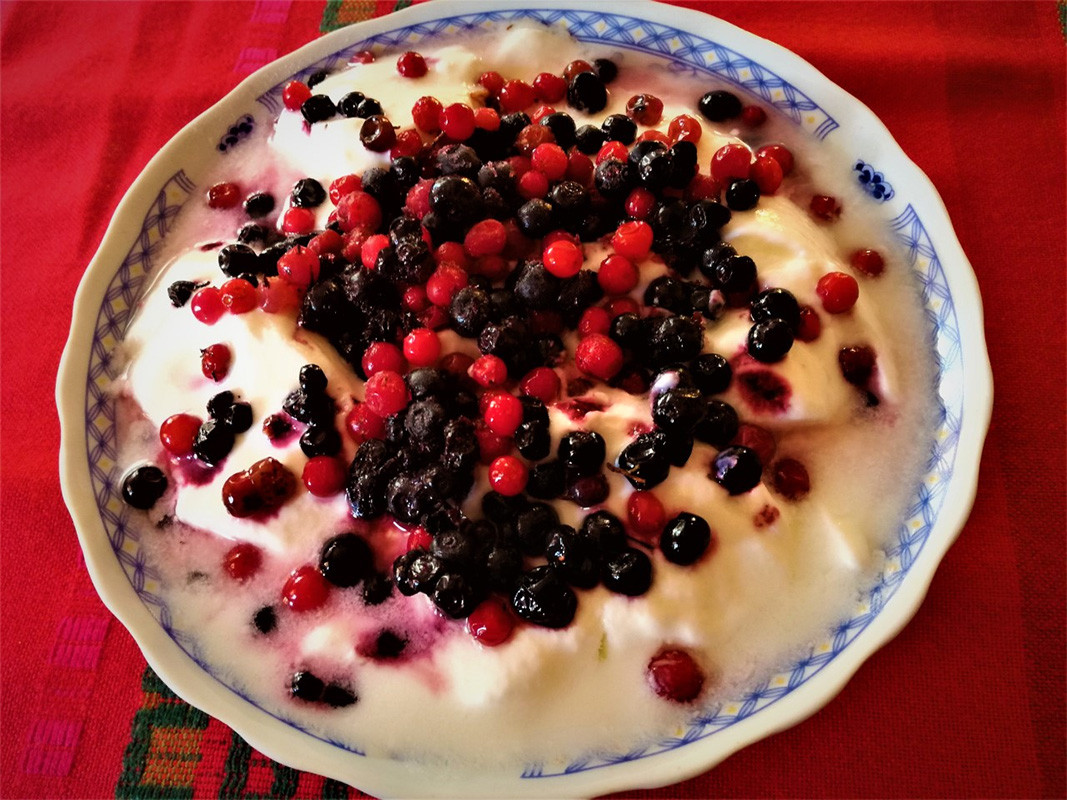Rural tourism in this country has been gathering pace during the pandemic, and it goes hand in hand with gastro tours in combination with slow travel. Every part of the country has its own typical food and recipes which are passed down from generation to generation, frequently connected with some kind of symbolism or local tradition.
“Food tours help people find out more about the country as they see and taste every nook and corner and unravel its mysteries with the heart, but also the palete,” says Ekaterina Terzieva, founder of a popular gastro and wine tourism platform. “People want something different, something more than a geographical tour, they want to experience things,” Ekaterina says, and adds that her groups always include foreigners, so the tours are in Bulgarian as well as in English.

Which are the most interesting regions of Bulgaria gastronomically? To answer this question in any detail would take days. “Let us take, for example, Bulgaria’s Northwest – there are some unique recipes here, especially among the local population, the Torlaks. One of these dishes is made of unsalted sheep, cow or goat cheese, it is fried, and then flour is added.”
And what about the Eastern Rhodopes?

“In our tour along the sesame and tahini road in the Eastern Rhodopes we meet producers for whom making tahini runs in the family, and we try out recipes that are traditional for the region. One such dish is dositeevski kartalatsi a kind of banitsa with cheese and sesame, baked in a sach dish. Or pelevunska maslenitsa – again a kind of banitsa with lots of butter and sprinkled with sesame seeds. We also try some of the region’s elite wines,” Ekaterina Terzieva says.
As they unravel the mysteries of Strandzha, tourists can try a sausage famously called strandzhanski dyado (Strandzha grandpa) – uncooked dried pork sausage with lots of natural spices, or the so-called banitsa zelnik. It is made using different kinds of leafy green vegetables like sorrel, dock, spinach and beetroot stalks, Ekaterina Terzieva says. Strandzha is also famed for its honeydew honey which is registered as a protected designation of origin in accordance with EU quality regulations. But what tourists are interested in most are the exotic dishes combining the taste and the aroma of Bulgarian nature in unorthodox ways.

“Some of the most exotic recipes I have encountered are in the region of the border mountain of Belasitsa (Southwestern Bulgaria) where the oldest chestnut groves in Bulgaria grow – they are 300-500 years old,” Ekaterina Terzieva says. “There, I first tasted rukarnik – a rice and freshwater crayfish dish, the locals catch the crayfish in the river gullies. Another interesting dish is a stew called looné. It is made out of the youngest, tenderest green pumpkin leaves. In these parts the surmi are not stuffed cabbage or vine-leaf rolls, but the young leaves of what is known here as butima or vinoboy /Phytolacca Americana or pokeweed/. Its black autumn twigs were once used as dye for the Pamid wines,” Ekaterina Terzieva explains.
Photos: Slowtours.bg
The old button lift in the village of Govedartsi , Samokov Municipality, which takes tourists to the peak of Malyovitsa in the Rila Mountains, is to be modernised as a four-seater chairlift with a capacity of 1,520 people per hour . A proposal has been..
Bulgaria is presenting its own stand at the autumn international tourism fair in Bucharest, which is taking place from 21 to 24 November . Visitors to the Bulgarian stand are taking souvenir photos against the backdrop of photo panels with beautiful..
A country at the centre of ancient civilisations, whose historic sites sit amongst world-ranked Black Sea coastlines and snow-capped World Cup ski resorts, Bulgaria packs a lot of tourism attractions into its compact 111,000 square kilometres. And it's..

+359 2 9336 661
